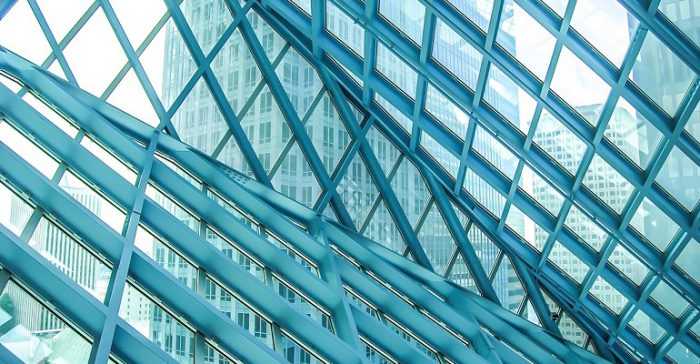Commercial Building Retrofits Follow Ultra-Low Energy Trend
Energy Manager Today, August 7, 2017
The ultra-low energy trend has finally expanded from new building construction to envelop retrofits for commercial buildings, according to a 2017 white paper from the American Council for an Energy-Efficient Economy (ACEEE).
Ultra-low energy buildings are defined as ones that produce as much energy as they use, on average, through the adoption of a renewable energy system. To qualify as ULE, commercial buildings typically need to reduce energy intensity by 60-70%, ACEEE says.
For its white paper, the council reviewed research reports, case studies, and other compilations of deep energy retrofit projects and found that a sizable portion of these existing buildings are operating at ultra-low energy levels. Average site energy use intensity in US commercial buildings, measured in British thermal units per square foot per year, ranges from 33 for warehouses to 78 for offices to 231 for hospitals to more than 282 for restaurants.
“We are beginning to see home and building retrofits that yield energy efficiency improvements of 50–90%, the levels needed to achieve zero-energy performance with the addition of renewables,” the paper says. “This level of savings goes far beyond the 15–30% savings resulting from typical retrofit projects.”
Cost is still an issue for ultra-low energy building retrofits, although the costs for materials, equipment, and labor have been declining. High-efficiency appliances and equipment have grown more affordable over the past several years, the paper says. For example, LED replacements for linear fluorescent lamps currently cost less than the DOE prediction for 2020. And, although labor costs vary widely, the workers involved in retrofits have been gaining greater understanding of the most effective measures and techniques.
There is a much larger stock of existing commercial buildings than new ones under construction, representing more potential to develop, demonstrate, and improve design strategies, technologies, and practices, the ACEEE points out. Previously, the ACEEE called energy efficiency “the cheapest fuel.”
However, commercial retrofits still lag behind the market potential, the council found. An estimated 2 billion square feet of commercial floor space gets retrofit annually, representing 2.2% of the total, and those retrofits have a median energy savings of about 11% per building relative to building energy use intensity, the ACEEE paper says. “If we are serious about energy savings goals, both the scale and scope of retrofit activity must be accelerated far beyond current levels.”
To achieve this, the council recommends an expansion of national zero-energy building programs and policies that address barriers to retrofits of existing buildings.
